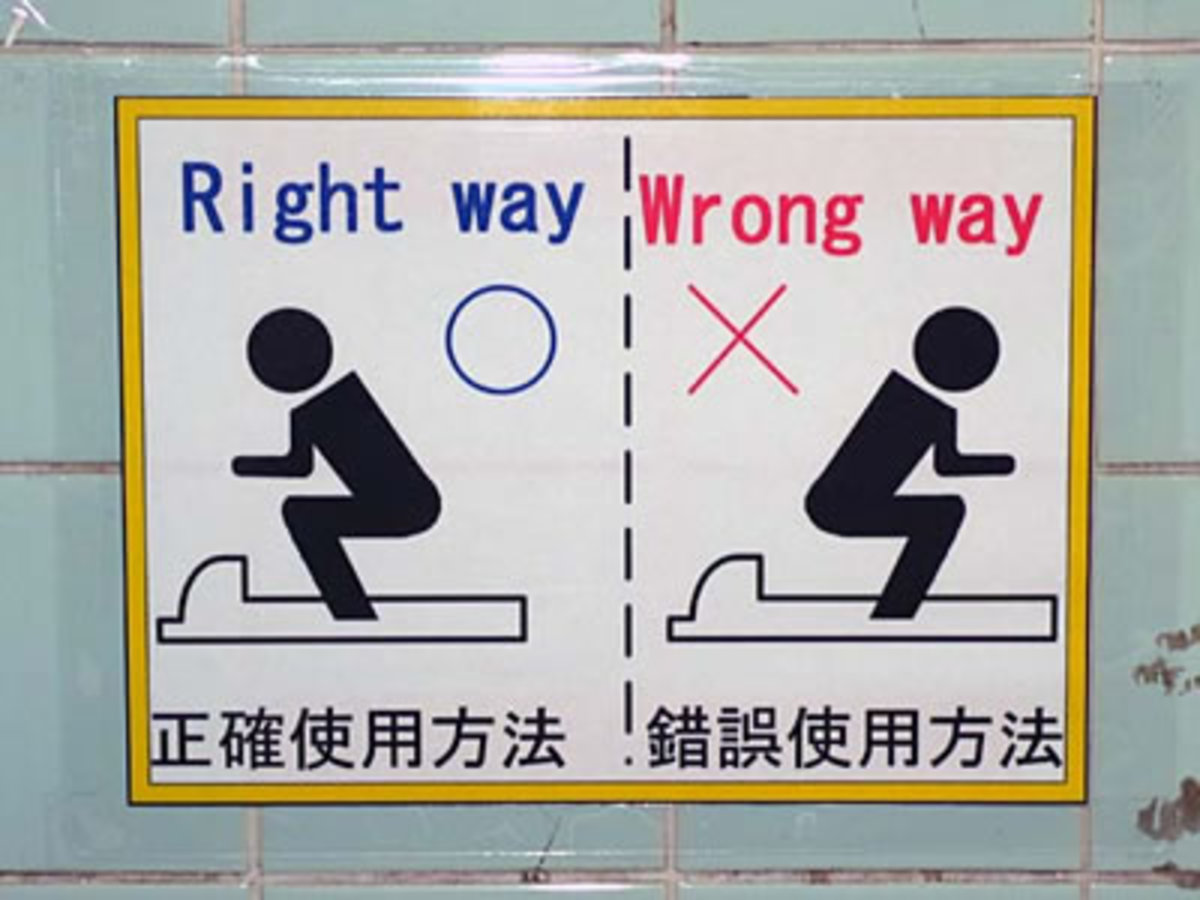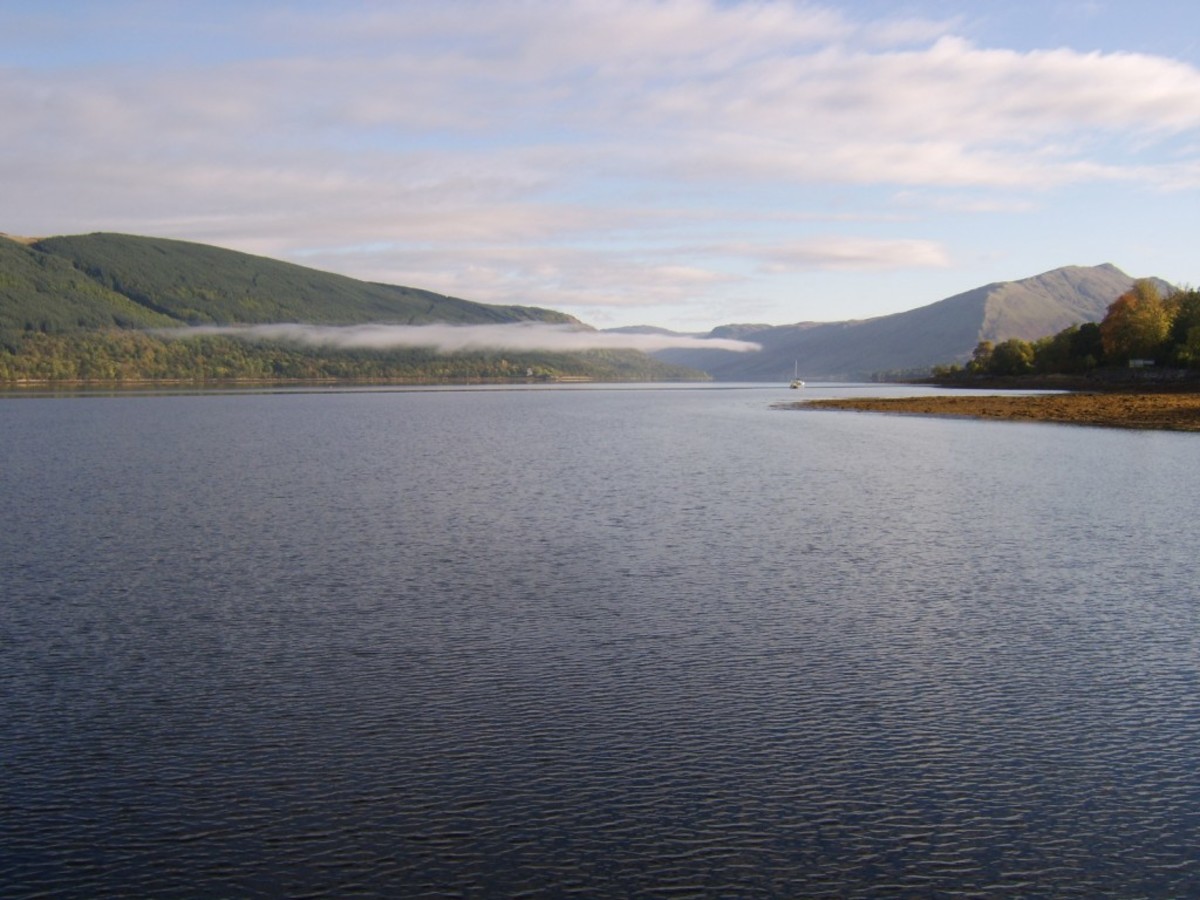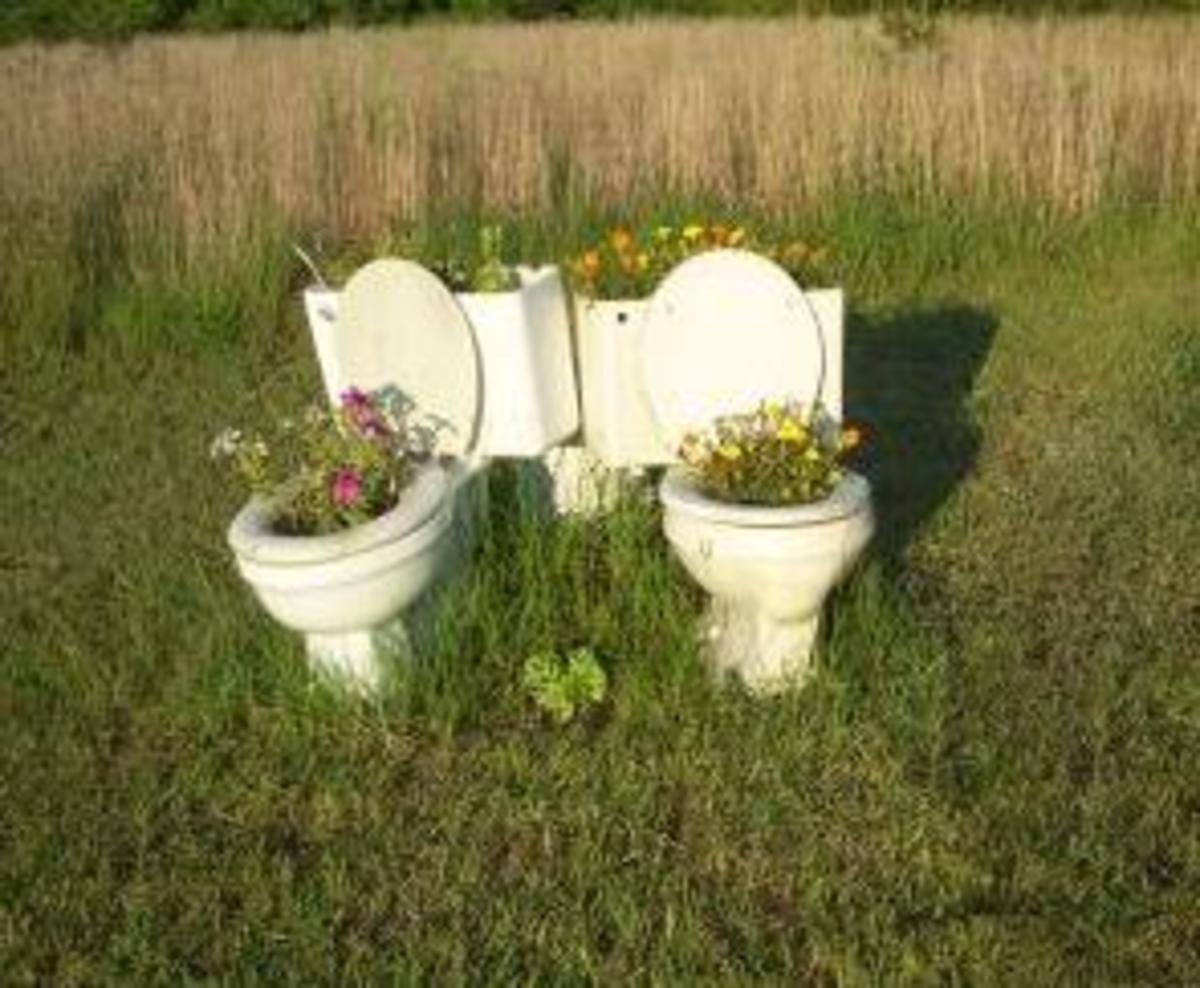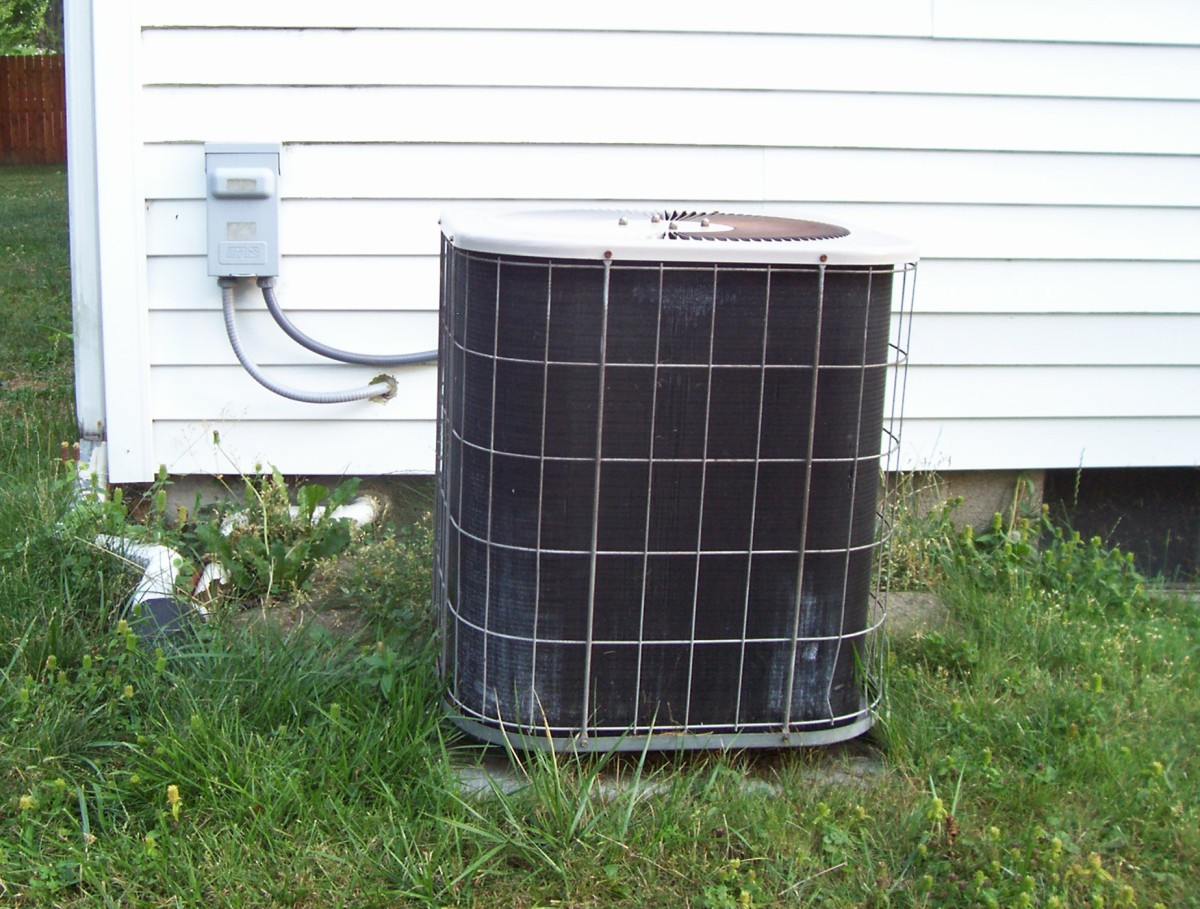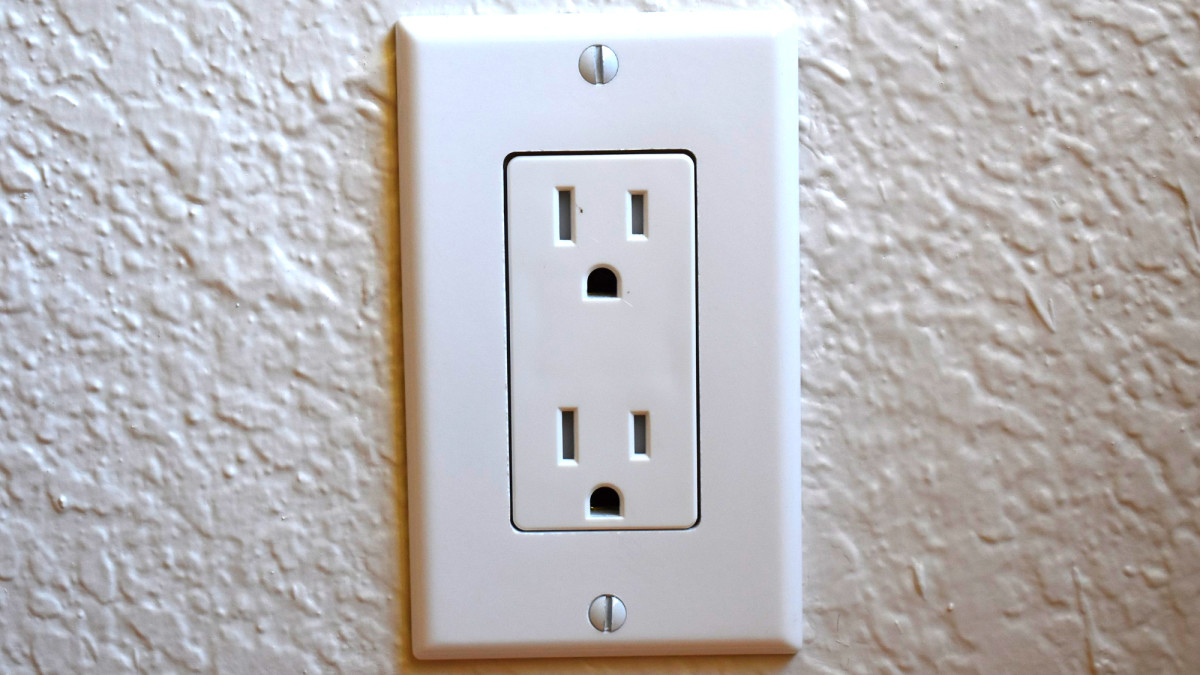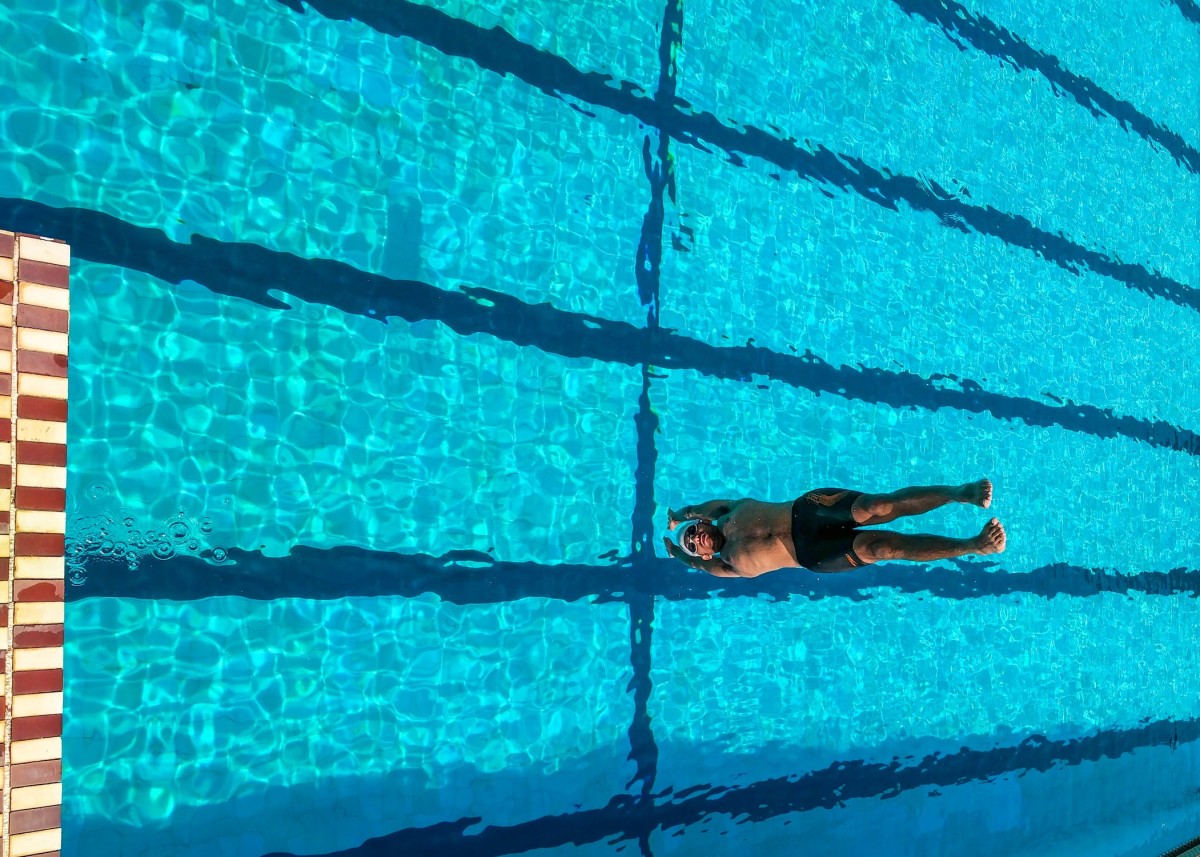Saving Water for our Future Generations:
Water, though having zero calorific value and zero organic nutrition, is the most vital element for survival of all know living forms. Water covers 71.4 % of the Earth’s surface but not all of this water is safe for humans and other life forms.
Out of the total water available on Earth, about 96.5% of it is found in seas and oceans. 1.7% in glaciers and the ice caps of Antarctica and Greenland, Remaining percentage of water is found as ground water, vapour, clouds. Less than 0.3% of all freshwater is in rivers, lakes, and the atmosphere.
So we have to take utmost care while using this source of life form.
Water on Earth continuously follows the water cycle of evaporation and transpiration, followed by condensation, precipitation and runoff, usually into the sea. This means that to get the safe drinking water from the total available water on earth, the water has to go through this cycle and then pours down and collect in the fresh water sources like the lakes and rivers so that they can be further processed and used for consumption.
However this process is controlled by the nature in the form of rains. Failure of rains results in droughts and scarcity of water. This means that we don’t have control over the production of consumable water.However what we can control is the wastage of water and develop a habit to save water.
Governments all around the world are taking aggressive steps to stop the wastage of water as waters also affect the economies of the world. Many programs to educate people about the uses of water and the ways to stop water wastage are continuously run to educate people.
The predominant uses of water by an individual are Drinking & Cleaning. Drinking water is a basic need for any individual and so cannot be more controlled . However we can control the water that he uses for cleaning. The cleaning by an individual include brushing teeth, bathing, vehicle washing, flushing after toilets etc.
A lot has been said on saving water during these processes like:
Using Water Mugs during Brushing or Shaving
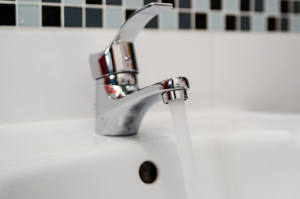
Keeping the Basin tap closed while brushing teeth or during shaving.
Normally most of the people have a general habit of keeping the tap running during brushing and shaving.
Water can be saved here by using a simple water mug. A small change in habit can result in large volumes.
Bathing with Buckets instead of Showers
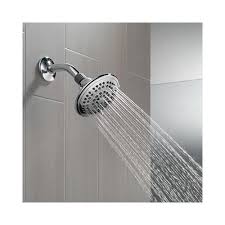
Bathing using a bucket instead of standing under the showers for hours.
Its proved that during bathing keeping showers at a normal flow consumes 1 liter of water per 12 seconds which means that we consume 5 liters of water per minutes. Considering an average person takes 10 minutes for bath will result in a total consumption of 50 litres on water.
At the same time an average full bucket which is enough for bathing is only 18 to 20 litres in size.
Thus during a single bath we can save up to 25 to 30 liters of water per person per day.
Using Bucket instead of Water Pipe line for washing vehicles
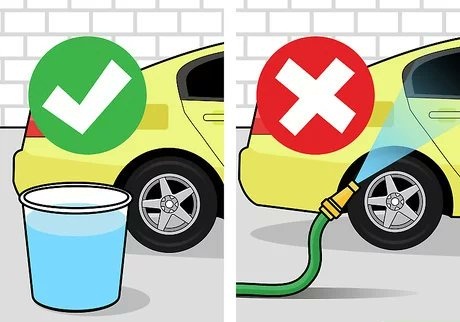
Using a Bucket and cloth to Wash Vehicles.
A simple step to use a bucket and cloth to wash vehicles can give large results.
And the list continues...........
However I would like to draw your attention to another simple method where we unknowingly waste a lot of fresh water.
Its "Flushing off Toilets".
Yes you read me right, its flushing of toilets. How many of us care about water conservation when it comes to flushing of toilets. Whether its required of now we just pull down the lever and allow liters of water to run down into the toilets.
To curb this wastage we do have dual flush toilets now.
Dual Flush Toilets
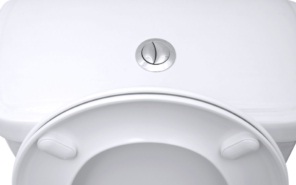
A Dual Flush Toilet is a variation of the Flush Toilets that uses two buttons or handles to flush different levels of water as per the requirement. These types of flushes are very useful for saving water.
However these are less popular because of their high initial installation cost.
Instead lets focus on the most commonly available Toilet flushes around. i.e the Single flush Toilets.
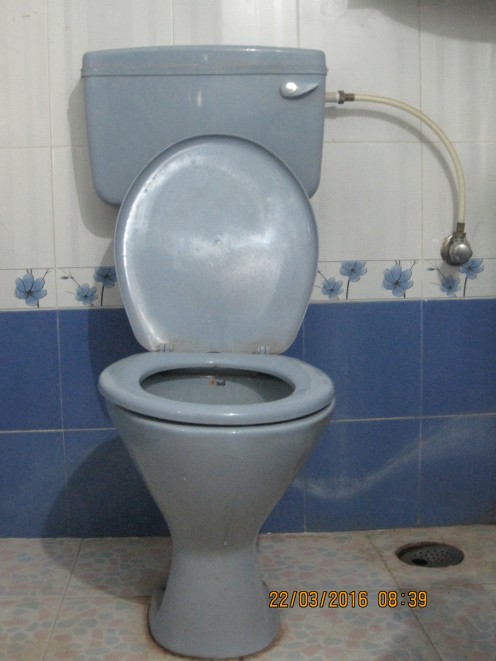
Please follow below simple setting that can be done to the single flush toilets which will definitely save a lot liters of water.
Consider a normal Single Flush tank that most of us have in our homes.
The flush tank is provided with a float arrangement that control the water inlet into the tank.
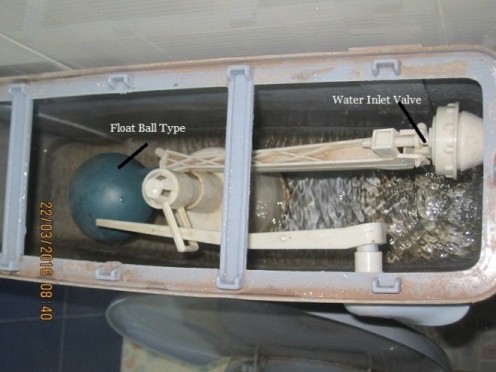
As the water level inside the flush tank rises the ball of the float rises up pressing against the water inlet valve, thus closing the water inlet.
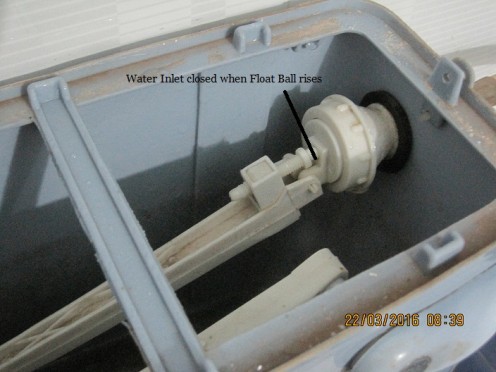
To control the amount of water to be accumulated in the tank, the only setting you have to do is to adjust the length of the “Setting Screw”.
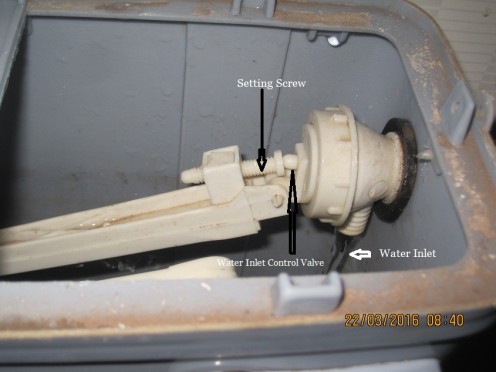
Screwing the screw out will result in an early closure of the water inlet valve thus resulting in less water in the flush tank. Similarly screwing the screw in will increase the amount of water in the flush tank.
Try out setting the screw in 2 to 3 different levels and decide upon the minimum amount of water that you require for getting rid of all waste.
Once this is achieved, you will definitely be saving few liters of water every time you flush.
Do try this out at your homes and post you comments.
Let’s act now and save water for our generations to come.
© 2016 Dhairyasheel



